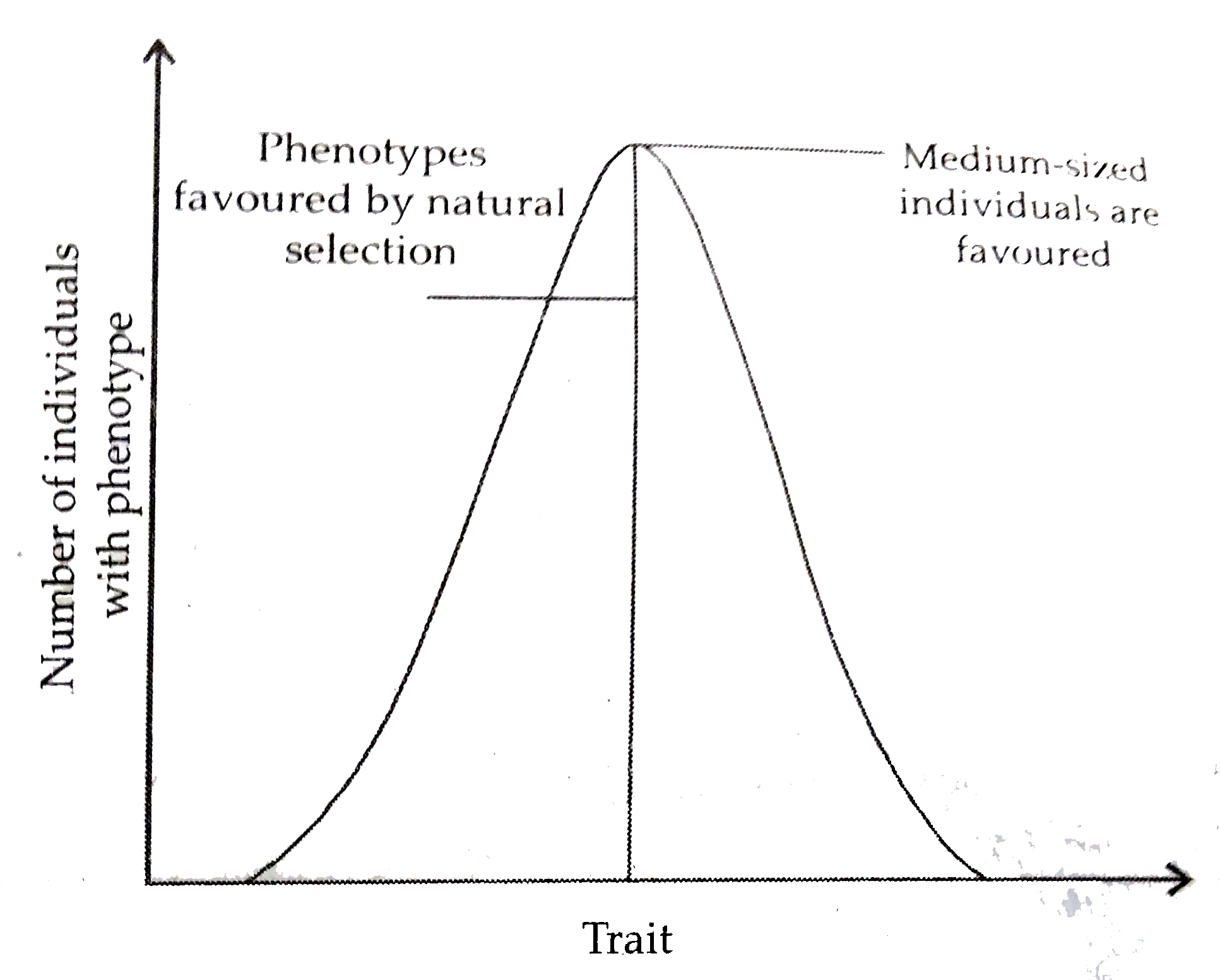a) Explain "death rate" in a population by taking a suitable example.
b) Write the other two characteristics which only a population shows but an individual cannot.
Step-by-Step Solution:
1. Definition of Death Rate: The death rate is defined as the number of deaths in a population per unit of population size, typically expressed per 1,000 individuals per year.
2. Example Selection: Let's consider a population of fruit flies. Assume there are 60 fruit flies in total at the beginning of our observation.
3. Counting Deaths: During the observation period, we find that 12 fruit flies have died.
4. Calculating Death Rate: To calculate the death rate:
- First, we divide the number of deaths (12) by the total number of individuals (60).
- This gives us:
Death Rate=Number of DeathsTotal Population=1260=0.2
5. Interpreting the Death Rate: The death rate of 0.2 can be interpreted as 20 deaths per 100 individuals (if we multiply by 100 for easier understanding). In a larger context, this can be scaled to represent deaths per 1,000 individuals.
b) Characteristics Unique to Populations:
1. Population Density: This characteristic refers to the number of individuals of a species per unit area or volume. It is a measure of how crowded a population is in a given space. For example, if there are 100 trees in a forest area of 1 hectare, the population density of trees is 100 trees/hectare.
2. Population Dynamics: This characteristic encompasses the changes in population size and composition over time and how populations interact with their environment. Factors such as birth rates, death rates, immigration, emigration, and resource availability all contribute to population dynamics. For instance, if a new food source becomes available, the population may grow, while a disease outbreak might cause a decline.
- First, we divide the number of deaths (12) by the total number of individuals (60).
- This gives us:
Death Rate=Number of DeathsTotal Population=1260=0.2
Topper's Solved these Questions
- BOOK - XII BOARD PREVIOUS YEAR PAPER ENGLISHCHAPTER - XII BOARDSEXERCISE - Section D13videos
XII BOARDS
- BOOK - XII BOARD PREVIOUS YEAR PAPER ENGLISHCHAPTER - XII BOARDSEXERCISE - SET -I Section -A8videos
XII BOARDS
- BOOK - XII BOARD PREVIOUS YEAR PAPER ENGLISHCHAPTER - XII BOARDSEXERCISE - Section B43videos
XII BOARDS
- BOOK - XII BOARD PREVIOUS YEAR PAPER ENGLISHCHAPTER - SAMPLE PAPER 2019EXERCISE - Section E Part B3videos
SAMPLE PAPER 2019
Similar Questions
a) Explain "birth rate" in a population by taking a suitable example.
b) Write the other two characteristics which only a population shows but an individual cannot.View SolutionExplain the birth rate and death rate in population with the help of an example.
View Solution(a) Explain Mendel's law of independent assortment by taking a suitable example.
(b) How did Morgan show the deviation in inheritance pattern in Drosophila with respect to this law?View Solution(a) Explain Mendel's law of independent assortment by taking a suitable example.
(b) How did Morgan show the deviation in inheritance pattern in Drosophila with respect to this law?View SolutionExplain codominance taking an example of human blood groups in the population.
View SolutionAssertion : The rate at which a population can be expected to grow in the future can be assessed graphically by means ofa population pyrmid.
Reason : A triangular population pyramid is characteristics of a country whose population is stable, neither growing nor shrinking.View Solutiona) Explain Darwinian theory of evolution with the help of one suitable example. State the two key concepts of the theory.
b) Mention any three characteristics of Neanderthal man that lived in near east and central Asia.View Solution(a ) Write the Hardy-Weinberg principle.
(b) Explain the three different ways in which natural selection can affect the frequency of a heritable trait in a population shown in the graph given below.
 View Solution
View Solution(a ) Write the Hardy-Weinberg principle.
(b) Explain the three different ways in which natural selection can affect the frequency of a heritable trait in a population shown in the graph given below.
 View Solution
View Solution(a) Explain sigma and pi bonds with suitable examples,
(b) A pi bond cannot be formed in the absence of sigma bond. Discuss.View Solution

